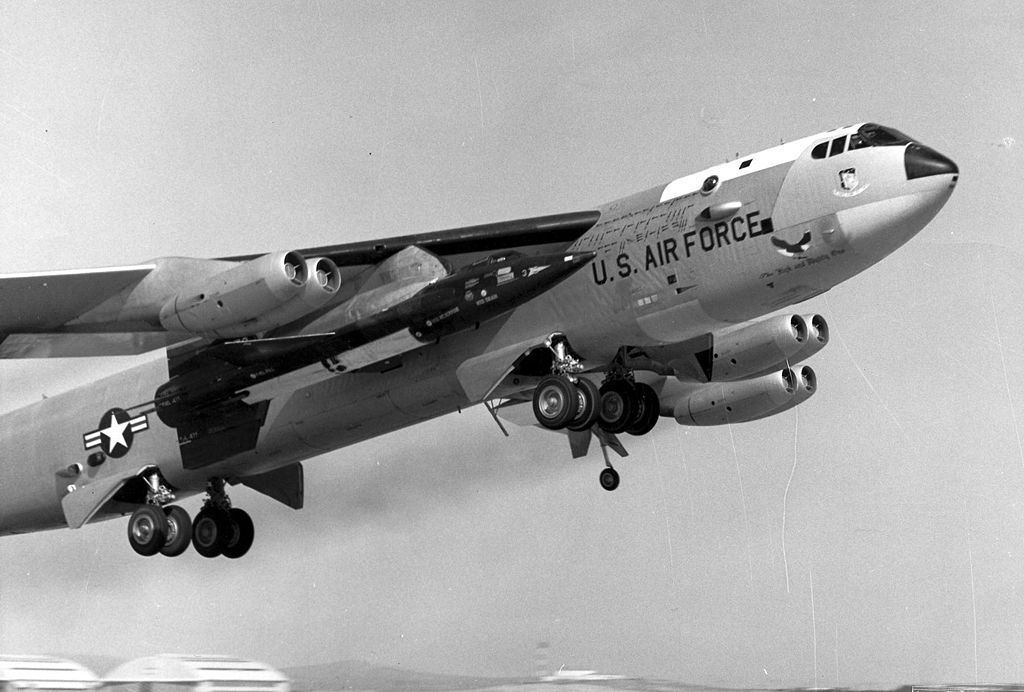
Fewer planes in military history have shown the type of resilience and versatility exhibited by the B-52 Stratofortress. Conceived in the anxious early years of the Cold War, this bomber has not only endured the wars it was designed to fight but also survived a significant portion of the generation that initially flew and serviced it. Now, as the U.S. Air Force launches the most extensive modernization in the aircraft’s history, the Stratofortress is being upgraded to the B-52J—a model meant to be flying well into the middle of this century, maybe even near its 100th birthday.

This initiative is not merely about keeping an older plane in the air. It’s about reimagining where one of America’s most legendary bombers belongs in a world where threats change rapidly and technology changes even more rapidly.

Modernizing the B-52 is both pragmatically necessary and a visionary approach. The bomber fleet is old, and although the Stratofortress is famously resilient, much of its equipment has aged significantly. Of the 744 planes produced between 1954 and 1962, only 76 are left, and maintaining them airworthy is no easy feat.

But the B-52 has remained in its own league, conducting flights of deterrence during the Cold War, performing support missions for combat operations in Iraq and Afghanistan, and evolving to serve in a range of functions over decades. As the B-1B and B-2 phase out eventually and the new B-21 Raider enters service, the Air Force is developing a two-bomber concept: combining at least 100 stealthy B-21s with updated B-52Js for long-range, heavy-strike missions far into the future.

The heart of the upgrade is the Commercial Engine Replacement Program. The aging Pratt & Whitney TF33 engines that have served the Stratofortress for decades are being upgraded with Rolls-Royce F130 engines. They are more fuel-efficient, simpler to maintain, and backed by a modern support system. They deliver approximately 30 percent improved fuel efficiency and reduced costs of operation, possibly keeping the B-52 flying for another 30 years—a record that will see it become the first combat aircraft to fly close to a century.

But the B-52J is more than new engines. It’s also getting a technological makeover, including a new AESA radar based on the Navy’s AN/APG-79. The system will improve navigation, targeting, and situational awareness while opening the door for future updates. The cockpit is being reworked with digital displays, revised avionics, and Link 16 networking so the bomber can pass information instantly to U.S. and allied forces—a key asset in today’s electronic warfare environment.

Weapons ability has always been a hallmark capability of the Stratofortress, and the B-52J will build on that. Its cavernous weapons bay and solid airframe make it perfectly suited for future-generation missiles, nuclear and conventional. The Air Force has already flight-tested the B-52 with hypersonic missiles, long-range standoff missiles, and new nuclear bombs, and is in addition looking into experimental systems such as lasers and drone launches. The B-52J will probably continue to be the default platform for testing and integrating tomorrow’s strike technologies.

Upgrading a plane with six decades of flight isn’t trouble-free. Plugging in new engines, avionics, and weapons can reveal hidden problems. Flight testing will verify that the bomber can still perform aerial refueling, long-duration missions, and nuclear missions without surprises. Secondly, decades of hard flying also imply that each airframe has wear, and tearing them open to upgrade can show fatigue cracks, corrosion, or other structural issues.

In the future, the B-21 Raider will specialize in deep-penetration stealth attacks, and the B-52J will deliver heavy standoff power from more secure distances. Air Force strategists picture these bombers operating together as components of larger multi-domain campaigns that combine cyber, naval, and allied forces. The versatility of the Stratofortress—its capacity to carry nearly any payload, operate from a broad range of airfields, and transition between mission types—makes it irreplaceable in an ever-changing strategic landscape.

That an airplane built with slide rules and riveted aluminum should be relevant in the 21st century says something about its initial engineering and the Air Force’s dedication to making it work. The B-52J isn’t a fossil hanging on by its fingernails; it’s a war-tested workhorse, remolded for contemporary war.

If plans continue as anticipated, pilots will still be flying the bombers deep into the 2050s. In a world obsessed with the latest technology, the Stratofortress shows that sometimes the smartest move isn’t replacing the old—it’s making the old stronger, smarter, and ready for the challenges ahead.


